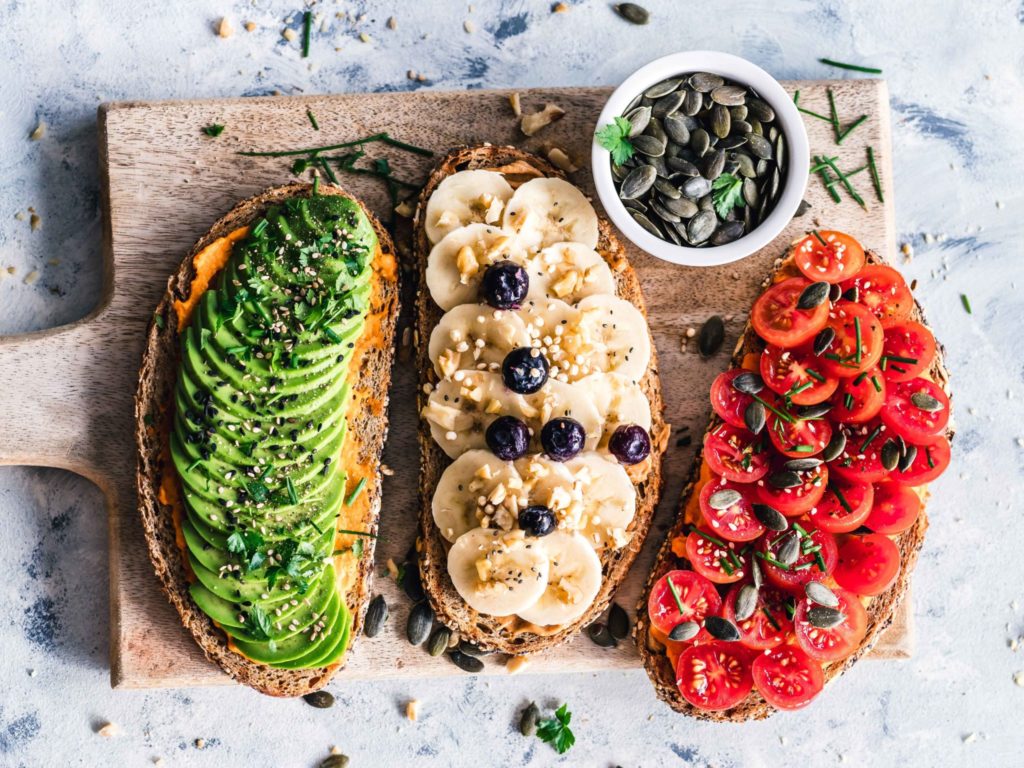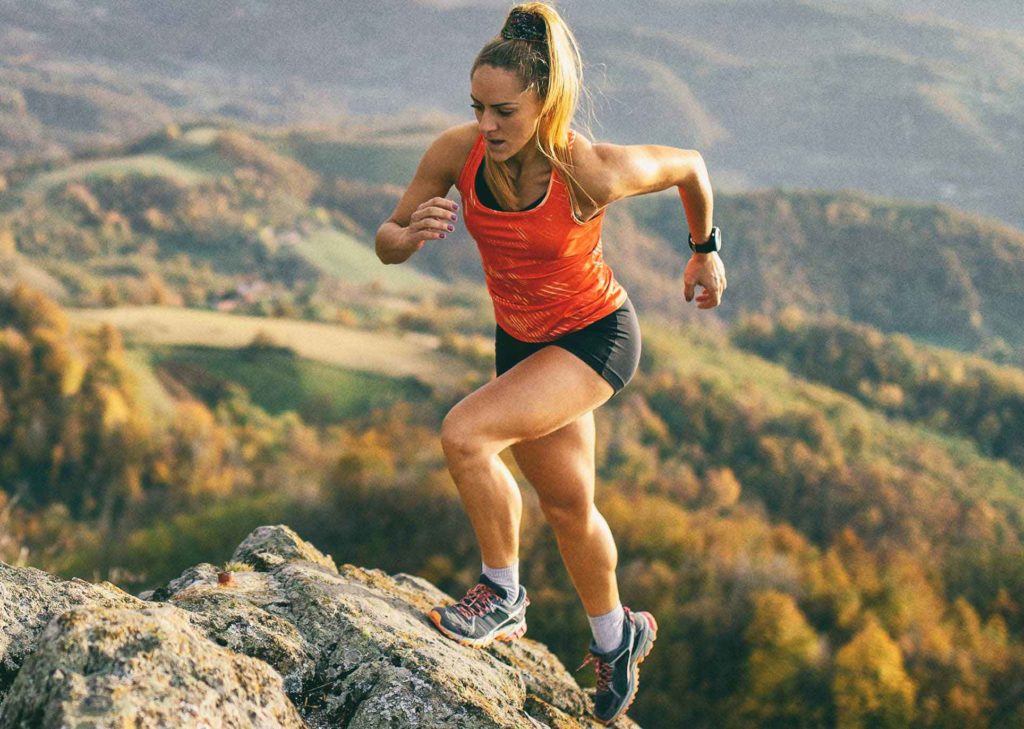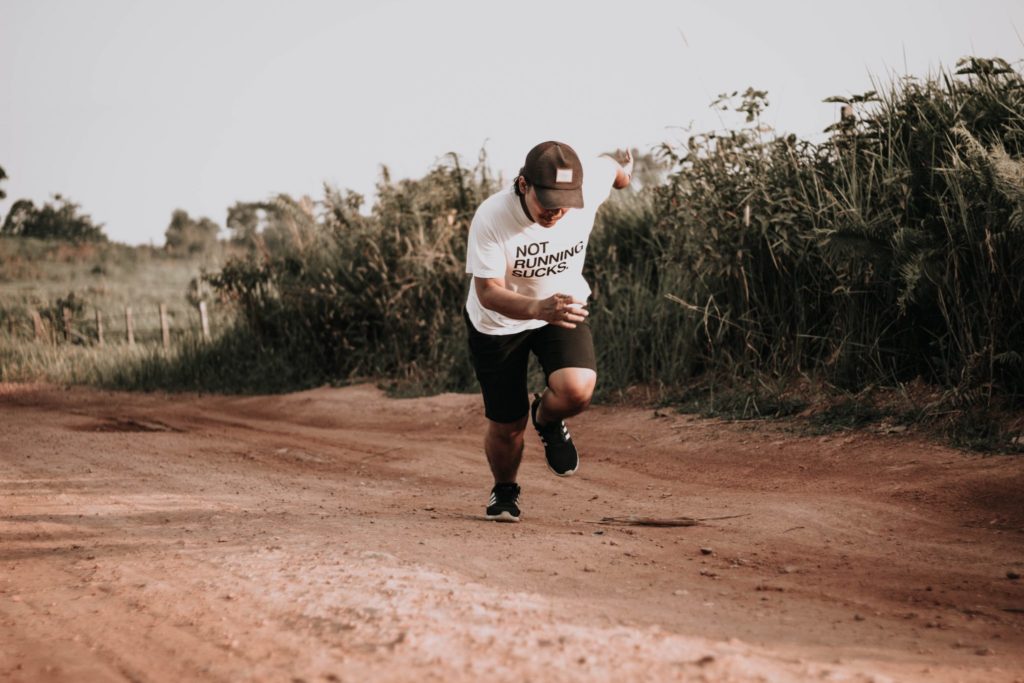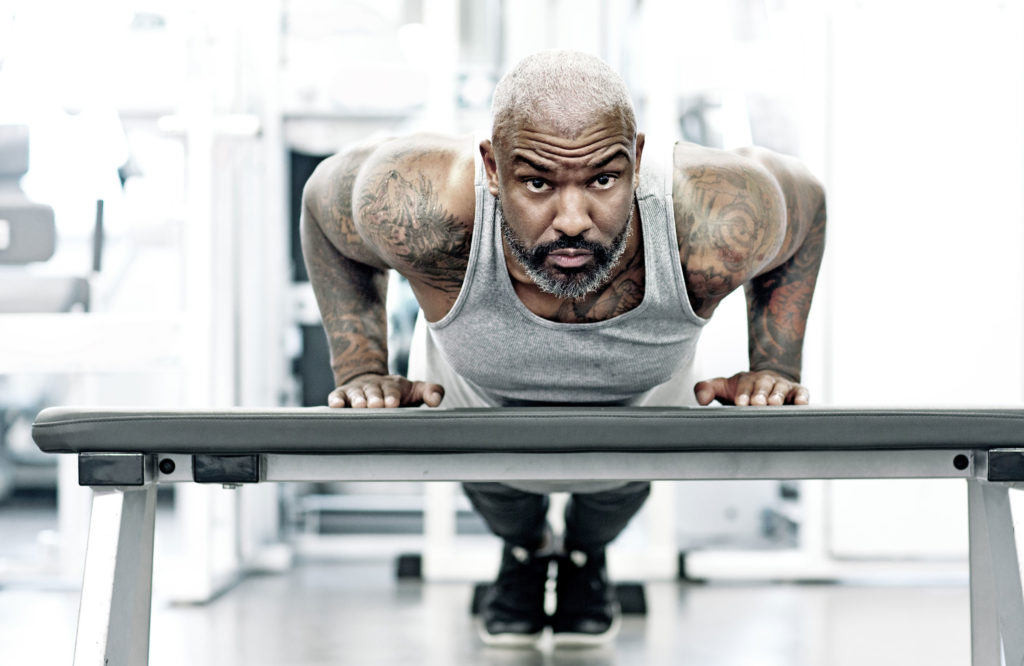Vegetarians, Vegans and Fragility

Why we love vegans and vegetarians!
Vegans and vegetarians are awesome! Not only are they leading the charge on animal welfare and climate change, but they are also reaping the rewards of living a healthy lifestyle. This includes a reduced risk of metabolic disease, diabetes, cardiovascular disease and cancer. Not too shabby!
However, foregoing meat imposes at least one serious health cost. That is, vegetarians and vegans have a much greater risk of experiencing a serious fracture during their lifetime.
Not eating meat means fragile bones and an increased risk of fracture.
We’ve suspected for a long time that being a vegetarian may increase your risk of fracture. For example, way back in 1997 it was shown that female Buddhist monks, who are strictly vegetarian, had lower bone densities than women who ate meat.
Multiple studies have since confirmed that both vegetarians and vegans have a lower bone density than meat eaters. Some studies suggested that vegans also have an increased risk fracture, however there was insufficient data to draw a firm conclusion regarding vegetarianism and fracture risk.
Until now.
What the new study shows.
The EPIC-Oxford dietary study (yes, that is really what they called it!) followed 29,380 meat eaters, 8,037 fish eaters, 15,499 vegetarians, and 1,982 vegans for over 10 years. During this time, they measured the total number of fractures that occurred to determine the relative risk of fracture for each group. What they found was striking.
Fish eaters, vegetarians and most especially vegans have a significantly higher risk of experiencing a hip fracture than meat eaters. As we’ve discussed, hip fractures can lead to permanent disability or death, and are therefore best avoided.
Moreover, vegans have an increased risk of suffering all types of fractures compared to meat eaters. Finally, vegan women have an elevated risk of fracture relative to vegan men. This makes vegan women the most at-risk group in the study.
Why do vegans and vegetarians have an increased fracture risk?
It’s too early to make definitive statement as to why vegans and vegetarians have an elevated risk of fracture. Nevertheless, the data we currently have does provide some important clues.
First, vegans have a lower intake of calcium, primarily because they don’t consume milk products. As we all know, adequate calcium intake is essential for bone health. Second, both vegans and vegetarians consume less protein than meat eaters. Protein consumption increases calcium absorption, while also elevating hormone levels that encourage bone growth.
Having strong muscles reduces the risk of falls and fractures. Intriguingly, both vegetarians and vegans have reduced grip strength compared to meat eaters. Because grip strength provides a simple estimate of overall muscle strength, this suggests that vegetarians and vegans are weaker than meat eaters. If true, this would put vegetarians and vegans at a greater risk of falling.
However, the study also shows that there are additional, currently unknown reasons why vegetarians and vegans have a higher risk of fracture than meat eaters. Future research will hopefully shed some light on this mystery.
Forewarned is forearmed!
We emphasize that one should not interpret these studies as a blow against the vegetarian and vegan movement! There are a myriad of established health benefits associated with not eating meat.
However, we now know that avoiding meat makes you susceptible to fragile bones, weaker muscles, and an increased chance of experiencing a serious fracture during your lifetime.
The good news is that advances in nutrition and lifestyle interventions may help reduce the fracture risk associated with a vegan or vegetarian lifestyle.
In a future article, I’ll review the latest nutritional and lifestyle interventions that are vegan and vegetarian friendly. Our hope is that this information will help vegans and vegetarians enjoy all the benefits of avoiding meat, without becoming fragile.
To download a free PDF version of this article with references included, please click on the link below.
Photo by Ella Olsson on Unsplash

Ten Minutes is All You Need
Research has shown that ten minutes of moderate-to-vigorous exercise performed each day is enough to significantly reduce your risk of early death.

How to Sprint Safely
Healthy adults can sprint safely if they build a strong aerobic and strength base, strengthen their hamstring and calf muscles, and apply a sub-maximal approach to sprint training.




